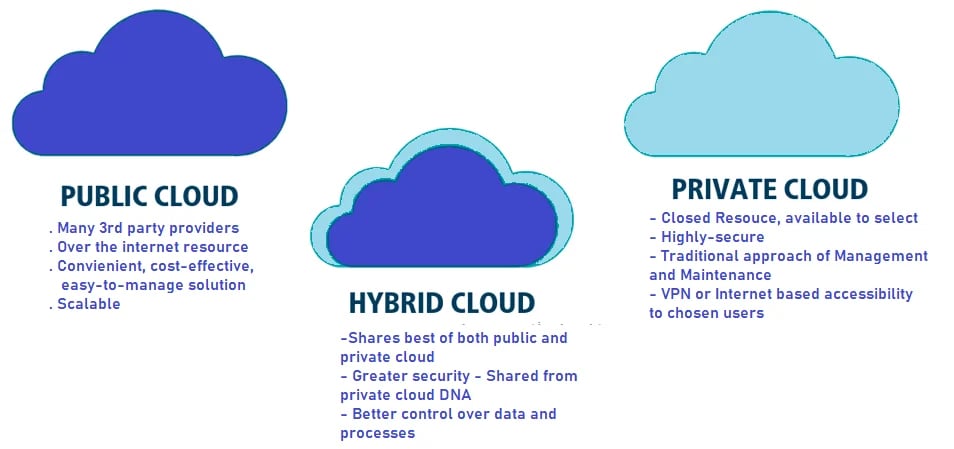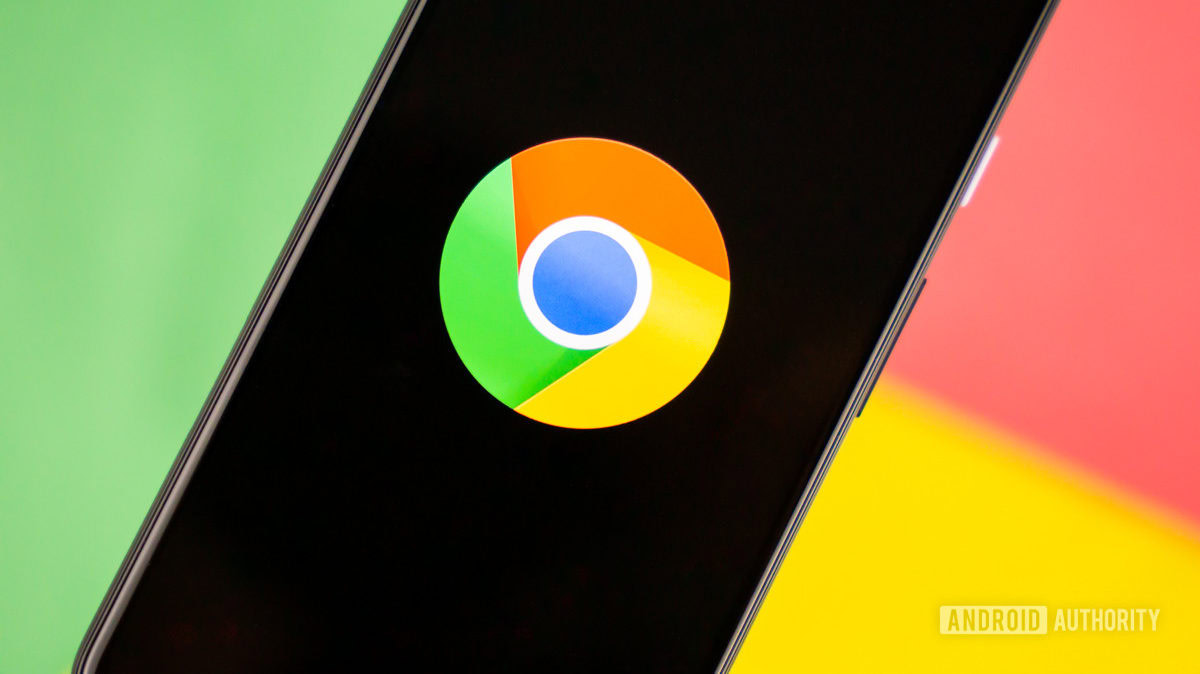Trends in Technology That Improve Retail Stores


Technology makes our lives more convenient. You can find these advancements everywhere, even in stores. Learn about trends in technology that improve retail stores.
Convenient Checkout Options
Paying for merchandise at checkout has never been easier. Credit card machines continue to advance in ways that make us less reliant on cash.
One trend that accomplishes this is the contactless payment option on most card readers. Customers can tap their card on the machine or use their smartphone upon completing a purchase. When they use their phone, they can hover it above the reader without touching anything.
BOPIS, or Buy Online, Pick Up In-Store
BOPIS is the perfect solution for busy people who can’t afford to spend much time shopping. This nifty service stands for buy online, pick up in-store.
As the name suggests, customers can browse for merchandise on the retailer’s website. From there, they can pick out what they want and add it to their cart. The main perk of BOPIS is that they can pick up the item from the brick-and-mortar store, which saves them money in shipping. This is a great option when your customers need an item immediately, as receiving it in the mail takes time.
Access Control Security
One trend in technology that improves retail stores is an access control system. This nifty advancement in security can lower managers’ dependence on having keys that they need to share with employees.
Access control security can work in a few different ways. You can have a simple card or key to scan. Alternatively, you can punch in a passcode or pin, so there are many options for businesses to choose from to improve their security.
From a retail perspective, it can do wonders to protect inventory. This type of security also works well on the doors of managers’ offices and breakrooms. These are among the most useful access control features for businesses.
QR Codes
By now, you’ve likely noticed QR codes everywhere. It stands for quick response code. While this technology first emerged in 1994, retail stores can use it today to make customer experiences more convenient.
An example of how they can accomplish this is by providing product information via QR codes. This way, a consumer could scan one that’s near merchandise to find out more details.
This strategy can work well to answer questions, especially during the holiday shopping season when employees may not be available to answer questions. Newer employees can also educate themselves on merchandise when using QR codes.






